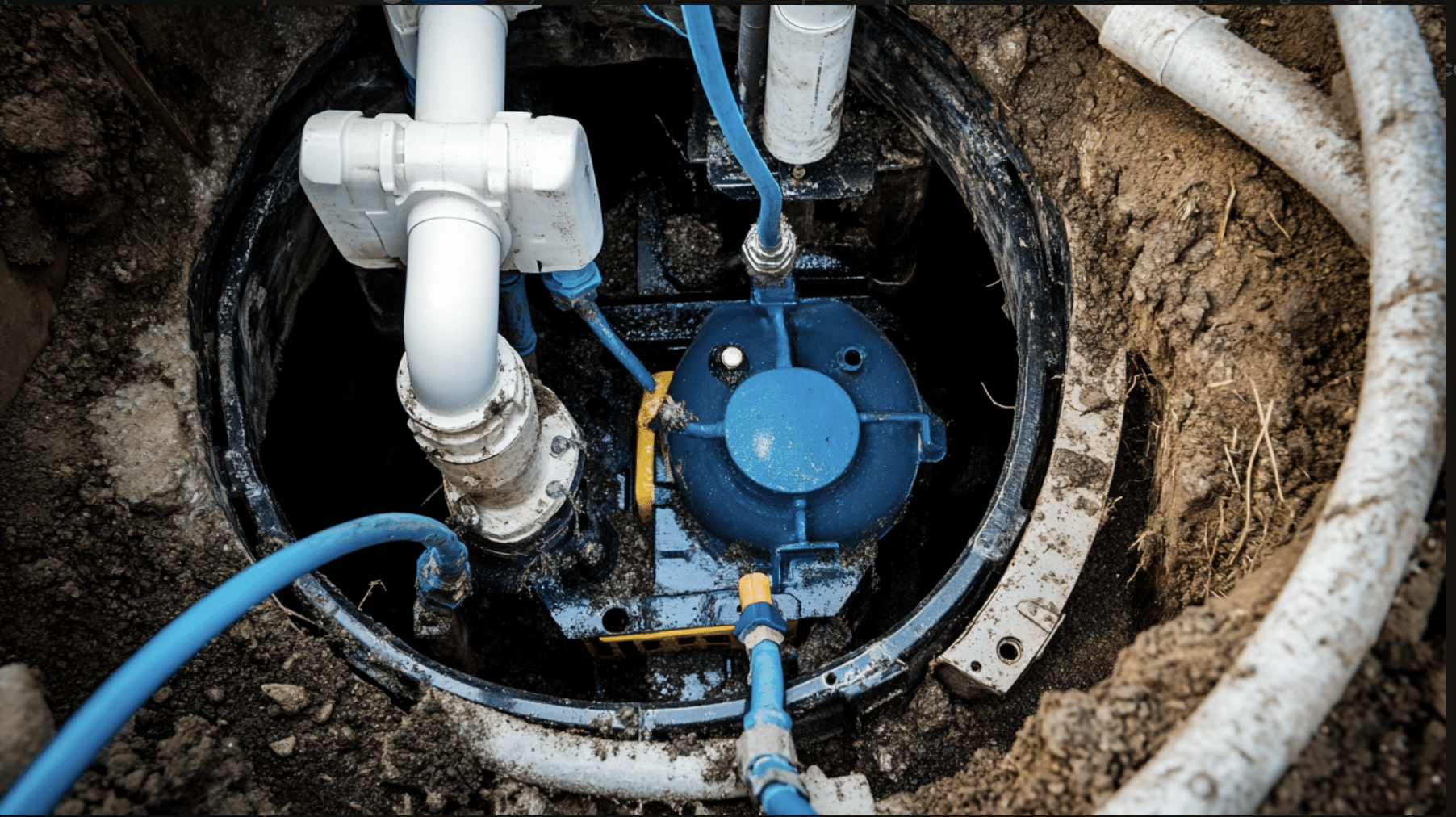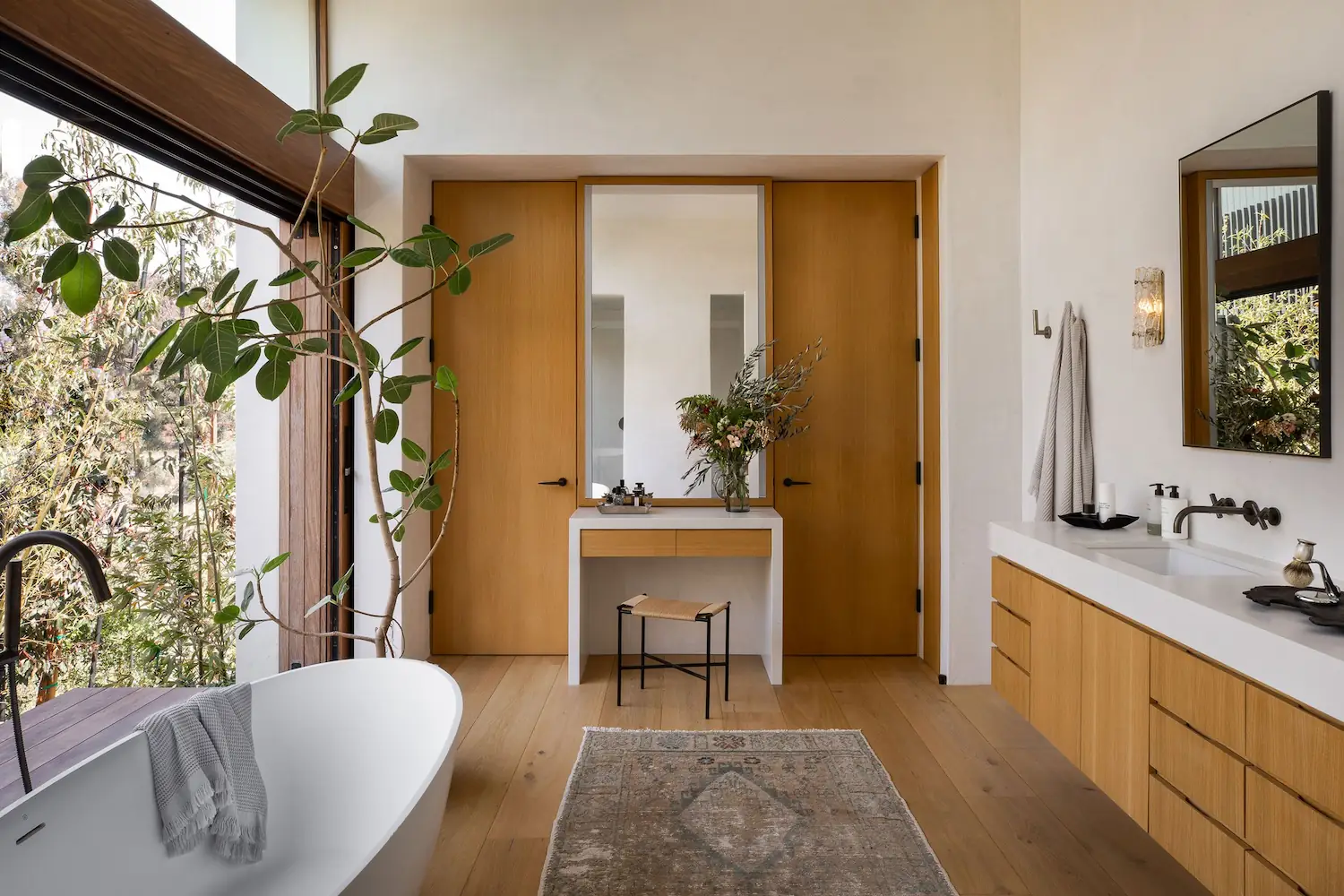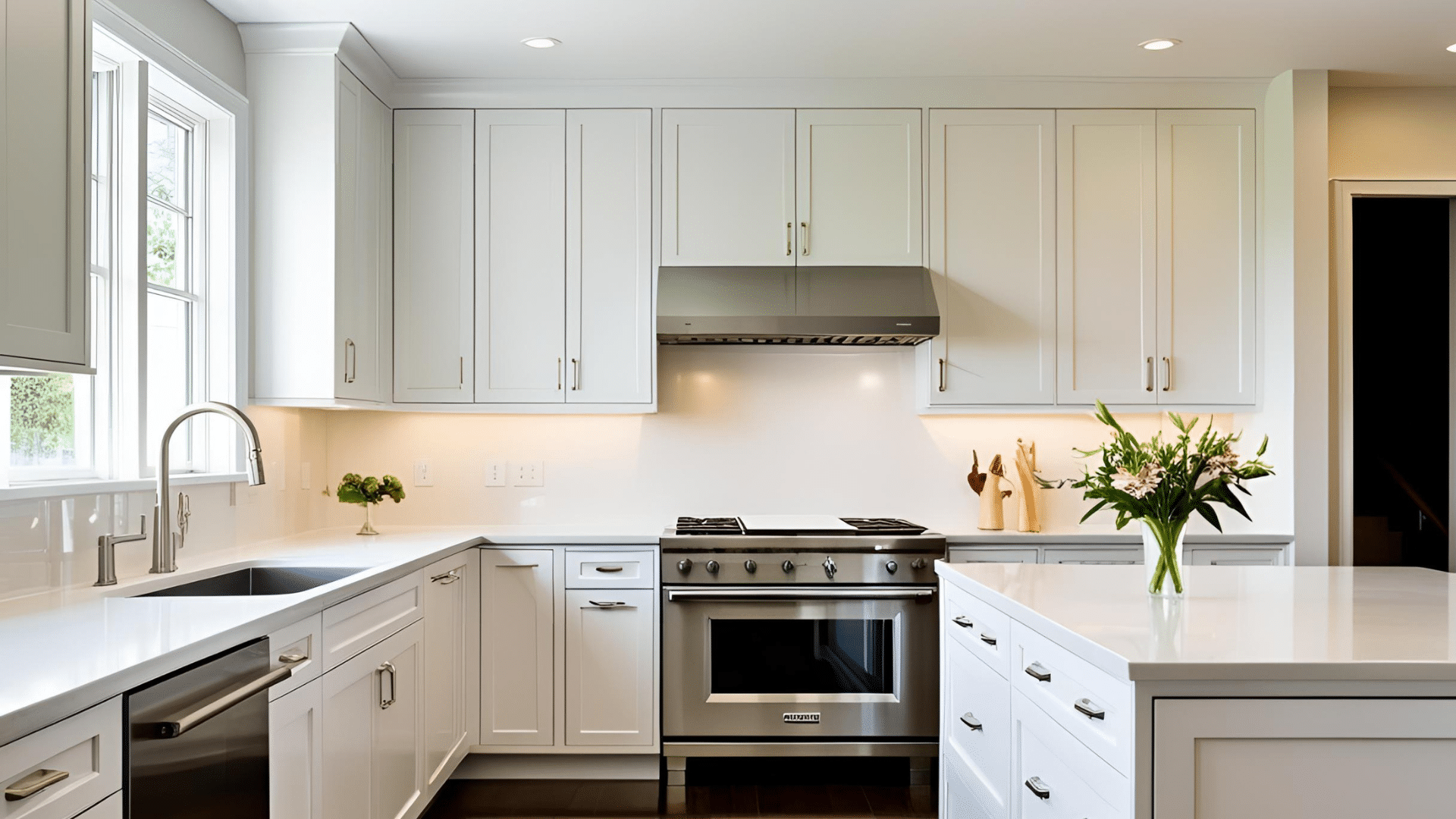Practical Tips To Keep Your Home Cool This Summer
Keeping your house cool in the summer can be a challenge, especially during peak heatwaves. However, there are several effective strategies you can employ to maintain a comfortable indoor environment. Here’s a list of practical tips to help you beat the heat without breaking the bank.
1. Use Blinds and Curtains
Invest in blackout curtains or blinds: These can significantly reduce the amount of heat entering your home by blocking out sunlight. Keep them closed during the hottest parts of the day, typically from late morning to early evening.
2. Optimize Window Usage
Open windows at night: When the temperature drops, open your windows to let cool air in. The best times being early mornings or later evenings. Make sure to close them as soon as the temperature starts to rise.
3. Insulate Your Home
Seal gaps and cracks: Proper insulation keeps cool air in and hot air out. Inspect the areas around windows, doors, and vents for any gaps, and seal them using weatherstripping or caulk.
4. Use Fans Wisely
Ceiling fans: Set your ceiling fans to rotate counterclockwise during the summer to create a wind-chill effect that makes you feel cooler.
Portable fans: Place portable fans in strategic locations to improve airflow. For an extra cooling effect, place a bowl of ice or a frozen water bottle in front of the fan.
5. Install a Programmable Thermostat
Efficient cooling: A programmable thermostat allows you to set different temperatures for different times of the day, ensuring your air conditioner isn’t running when it’s not needed, thus saving energy and costs.
6. Upgrade Your Air Conditioner
Regular maintenance: Ensure your air conditioner is running efficiently by having it serviced regularly. Clean or replace filters monthly during high usage periods.
Consider an upgrade: If your unit is old, investing in a more energy-efficient model can provide better cooling and reduce energy bills.
7. Reduce Heat Sources
Unplug appliances: Devices like computers, televisions, and kitchen appliances generate heat even when not in use. Unplug them when they’re not needed.
Cook outside: Avoid using the oven or stove during peak heat. Opt for outdoor grilling or prepare meals that don’t require cooking.
8. Use Light-Colored Materials
Reflective surfaces: Light-colored or reflective roofing and exterior paint can reduce heat absorption.
Interior decor: Use light-colored curtains, rugs, and furniture covers to minimize heat retention.
9. Optimize Landscaping
Plant shade trees: Strategically planting trees and shrubs around your home can provide natural shade, reducing the amount of direct sunlight hitting your house.
Install awnings: Awnings over windows and patios can block the sun’s rays and keep the indoor temperature lower.
10. Use Heat-Reflective Window Film
Reflective film: Apply heat-reflective film to your windows to reduce solar gain. This film can block a significant amount of heat without obstructing your view.
11. Install an Attic Fan
Improve ventilation: An attic fan can help expel hot air from your attic, reducing the overall temperature of your home. This can be particularly effective in homes with good attic insulation.
12. Use Dehumidifiers
Reduce humidity: High humidity levels can make your home feel warmer. Using a dehumidifier can reduce the moisture in the air, making it feel cooler and more comfortable.
13. Limit Indoor Lighting
Use natural light: Take advantage of natural light during the early morning and late afternoon when it’s cooler.
Switch to LEDs: LED bulbs generate less heat compared to incandescent bulbs and are more energy-efficient.
14. Consider Cool Roofing
Cool roofs: These are designed to reflect more sunlight and absorb less heat than standard roofs. They can be made from a variety of materials, including special reflective paint, sheet coverings, or highly reflective tiles and shingles.
15. Create Cross-Ventilation
Cross breezes: Open windows on opposite sides of your home to create a cross-breeze. This natural ventilation can help cool your home without the need for air conditioning.
16. Implement Smart Home Technology
Smart thermostats and sensors: Smart home systems can optimize your cooling needs by learning your habits and adjusting the temperature accordingly. Some systems can even close blinds and turn off lights when you’re not home.
17. Dual-Purpose Heating and Cooling System
If you’re looking to maintain a comfortable temperature in your home throughout the year, consider installing a central heating and cooling system.
While the estimated cost of installing central heating can vary widely depending on the size of your home and the complexity of the system, it’s often a worthwhile investment for its efficiency and convenience. This not only provides consistent heating during the winter but also integrates seamlessly with air conditioning units, ensuring your home stays cool in the summer as well.
18. Create a Cool Sleep Environment
Cool bedding: Use lightweight, breathable sheets and consider cooling gel pillows.
Fans and airflow: Position fans to circulate air around your bedroom at night, and consider sleeping with a window open if it’s safe to do so.
By applying these strategies, you can create a more comfortable living space during the scorching summer months. Not only will these tips help maintain a cooler home, but they can also result in significant energy savings.







